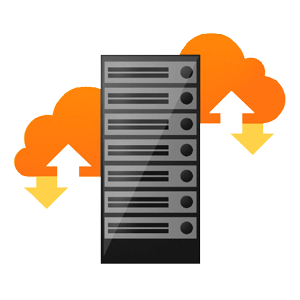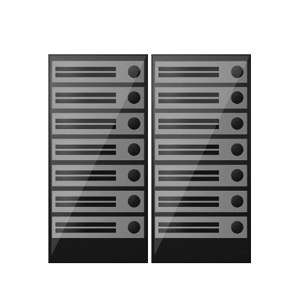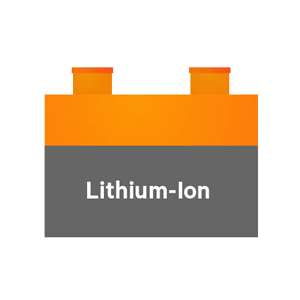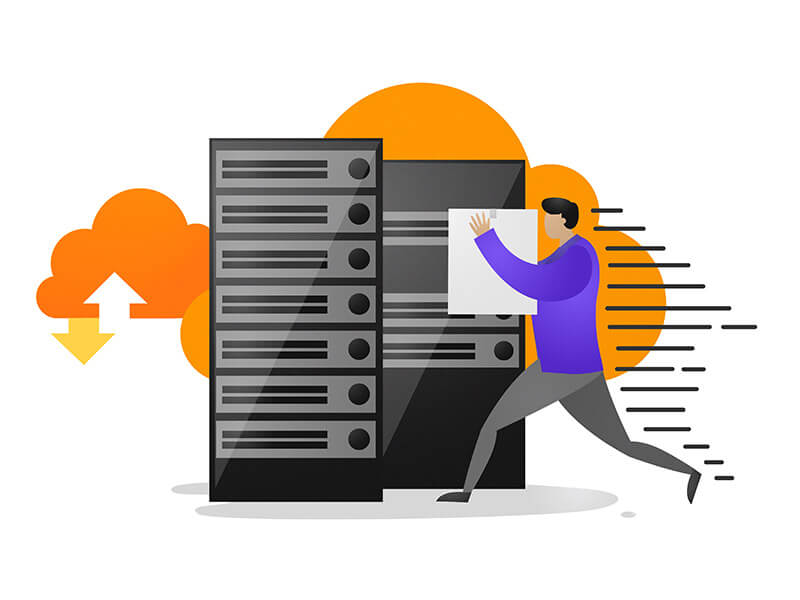Each year, our global team of Vertiv infrastructure and support experts weigh in on emerging data center trends that are changing how companies manage the data and computing resources on which their businesses rely. We picked the five that we think are surprising, impactful, finally finding their time to shine, or that just made us say “hmmm”.
Check back in as we add blog posts, videos and podcasts around the trends. For more information about how your data center can leverage these or other industry trends contact your local Vertiv office.

Hybrid architectures go mainstream:
While cloud computing will continue to be an important part of most organizations’ IT strategy, we are seeing a subtle change in strategy as organizations seek to tailor their IT mix and spending to the needs of their applications. As we see more of these hybrid architectures, it becomes increasingly clear that the enterprise data center is alive and well, even if its role is changing to reflect a mix that best serves modern organizations.

Speed of deployment as the new arms race:
As capabilities across technologies and systems flatten out, data center and IT managers will increasingly turn to other criteria for selecting equipment. Cost is always a separator, but more and more the decision will depend on how quickly assets can be deployed. When all other factors are close, any advantage in speed of deployment and activation can be the determining factor. This is especially true as computing continues to migrate to the edge in today’s distributed networks, where delivery delays mean lack of service – and revenue.

Average rack density remains static … but:
Although average rack density is likely to reflect marginal increases at best, the surge in advanced applications and workloads related to artificial intelligence (AI), such as machine learning and deep learning, will make pockets of high-performance computing necessary and more common. Vertiv experts anticipate early activity in this space in the areas of defense, advanced analytics and manufacturing in 2020, laying the foundation for more widespread adoption in 2021 and beyond. These racks so far represent a miniscule percentage of total racks, but they nevertheless can present unfamiliar power and cooling challenges that must be addressed. The increasing interest in direct liquid cooling is a response to high-performance computing demands.

Batteries pay it forward:
In 2016, Vertiv experts predicted lithium-ion batteries would begin to find a home in the data center, and that has proven to be true as lithium-ion today holds a significant share of the UPS battery market. That share is growing and starting to extend to edge sites, where the smaller footprint and reduced maintenance requirements are a natural fit. The next step is leveraging the flexibility of lithium-ion and other emerging battery alternatives, such as thin plate pure lead (TPPL), to offset their costs. As we move into 2020, more organizations will start to sell the stored energy in these batteries back to the utility to help with grid stabilization and peak shaving. Expect this to be an important part of larger conversations around sustainability in the data center industry.

Global cross-pollination:
The U.S., particularly Silicon Valley, has been the epicenter of the digital universe and this generation of data center development, but innovation happens everywhere. A parallel digital ecosystem with notable differences is emerging in China. Data centers across Europe and in other Asian and South Pacific markets, such as Australia, New Zealand and Singapore, are evolving and diverging from traditional practices based on specific regional issues related to data privacy and controls and sustainability. For example, General Data Protection Regulation (GDPR) compliance is driving hard decisions around data management around the world. Those issues, and more vigorous attention to environmental impacts, are leading to new thinking about hybrid architectures and the value of on-premise computing and data storage. In China, some data centers have been running 240V DC power into manufacturer-modified servers to improve efficiency and reduce costs. DC power has long been a theoretical goal for U.S. data centers, and it’s not hard to envision other parts of the world adopting the model being embraced today in China.
Featured Articles




